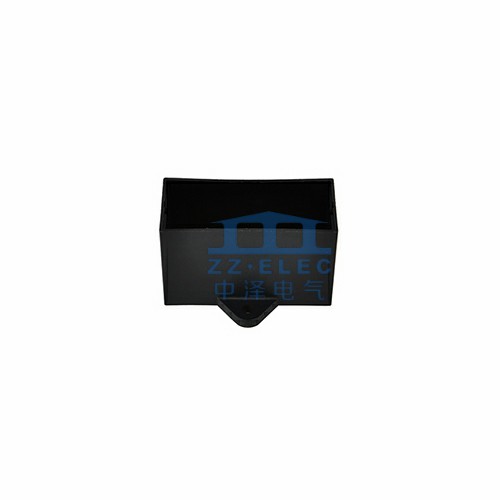

Contact us



Fuel pump housing

BMW (import) Z3 Filter

BMW (Import) 8 (E31), BMW (Import) ...

Land Rover (import) FREELANDER (LN)...

POLO Filter

High quality sales SSANGYONG FILTER

AUDI-Q5 Filter

Mercedes Filter

Direct Sales BMW (IMPORT) 3 FILTER

Professional production BORA FILTER

High efficiency SSANGYONG FILTER

Multi-size NEW ENERGY SUPER CAPACIT...

AL1060 POLE PIECE

RUST COLOR POLE PIECE-15

Aluminum Material POLE PIECE-13

Competitive price customized POLE P...

Zhejiang Zhongze Electric Co., Ltd is a famous aluminium cold extrusions manufacturers and , our group has four production-type subsidiaries, which were first established in 1987 and started with precision cold extruded aluminum products and precision injection molded products.
Tel: +86 0573-82696969
Phone: +86 13957386455 13819772766
Fax: +86 573 82696982
E-mail: [email protected]
Add: 379 Yinhe Road, Jiaxing City, Zhejiang Province,China
Copyright © Zhejiang Zhongze Electric Co., Ltd. Rights Reserved. China Lithium battery Components Factory